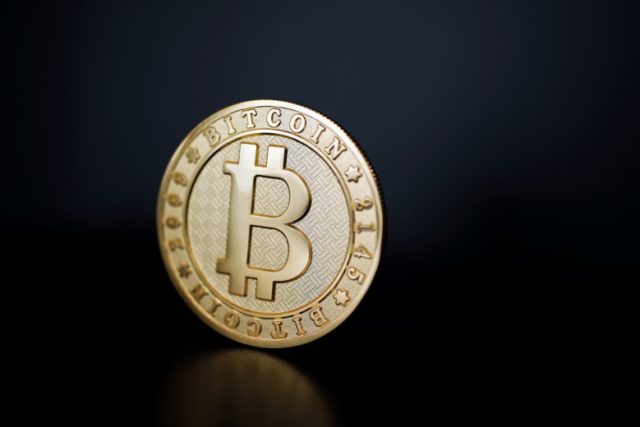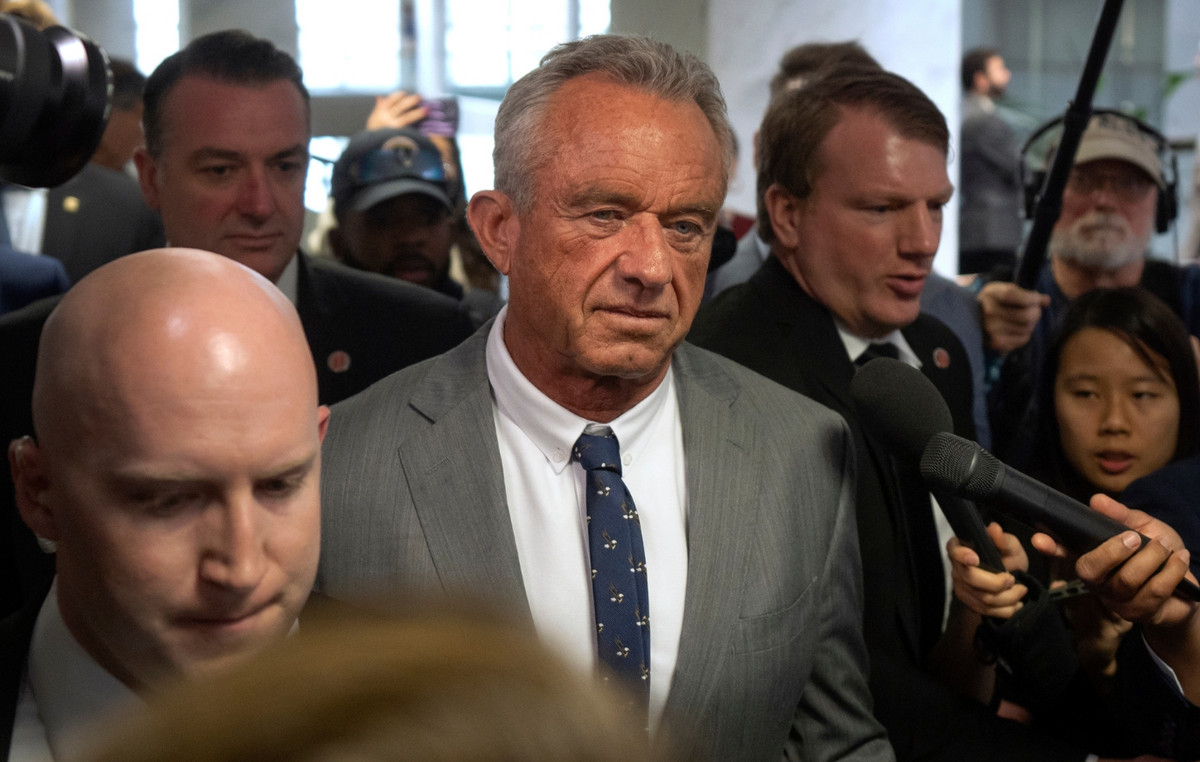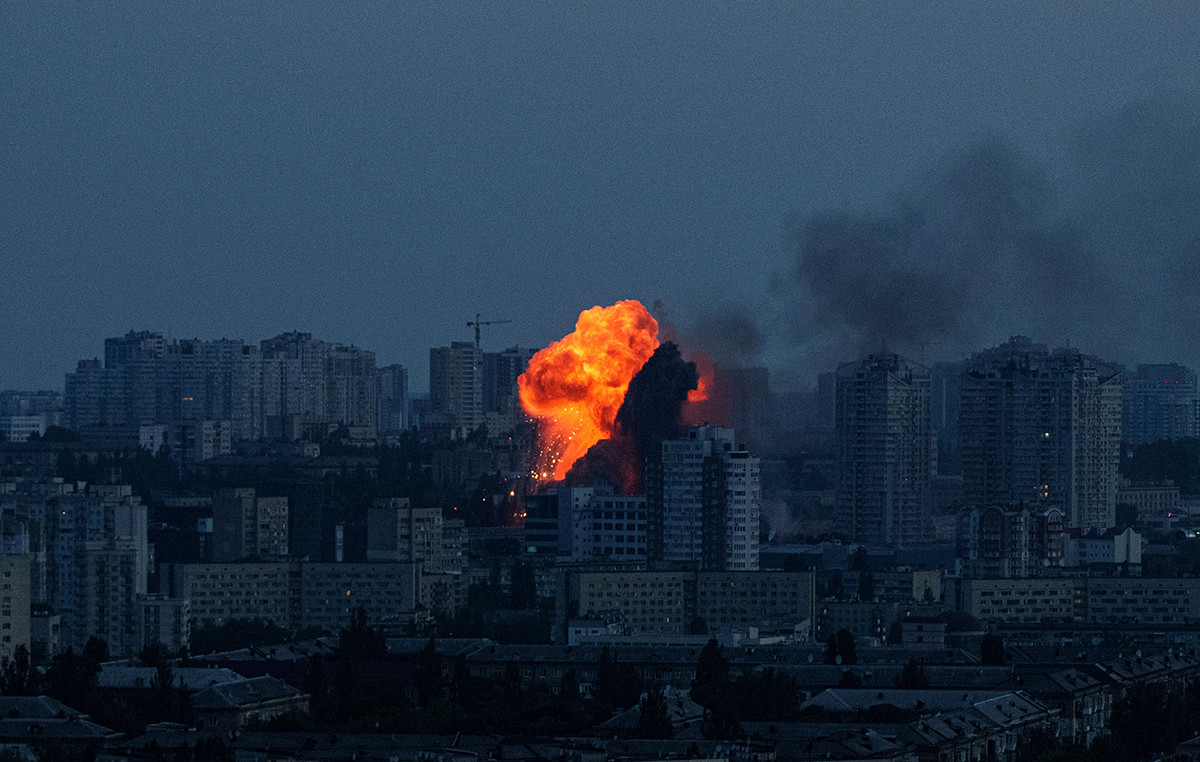Morocco wants to become a champion country in RES, especially with green hydrogen. But it needs water, which it does not have and it proceeds to desalination due to drought. A vicious circle.
It is considered a pioneer in climate policy. Since 2020, it has been a partner of Germany for the production and supply of green hydrogen. This is Morocco, in which Berlin has high hopes for its disengagement from fossil fuels. By 2030 more than half of Morocco’s energy will be covered by sun, air and water. In the mountainous northern part of the country, wind turbines rotate and photovoltaics shine under the hot desert sun, one of the largest installations in the world.
Leading ambitions with hydrogen vehicle
Morocco has ambitious plans, says Rachel Laniaoui. “We have more than 10 hours of sunshine a day, sometimes 12. Therefore, our goal is to meet by 2030 52% of our electricity needs, maybe even 86%, with renewable sources. Renewable sources “They are sufficient to meet both local and foreign demand, especially demand from Europe with the connections we already have, for example, between Morocco and Spain and soon perhaps with Portugal and Britain.” Morocco’s latest ambitions even reach the goal of becoming a leader in the global green hydrogen market. This will help Germany, with which there is an agreement.
The German development bank KfW will support the construction of a green hydrogen unit in the amount of 300 million euros. The people in charge are very happy, especially after the resolution of the diplomatic crisis between the two countries. Of course, Zebastian Fagt, of the Friedrich Naumann Foundation, which is close to the Liberals, is skeptical of hydrogen projects because the country is suffering from drought and the problem has been worsening for many years, including due to climate change. So in his view ambitious plans can be dangerous.
Double-edged sword
“One of the components of hydrogen is, as the name implies, water,” he points out. “And Morocco needs to get this water through seawater desalination. That requires extra electricity from renewable sources. For a dry country like Morocco, that means producing a disproportionate amount of energy to produce a green hydrogen unit. which means that it is very complicated and expensive for Morocco to produce this green hydrogen “. But Morocco continues to invest in fossil fuels. In 2018, a new coal-fired power plant was commissioned in the southwestern coastal city of Safi and construction work is underway with the oil and gas giant, Nigeria, for a gas pipeline along the West African coast.
This is the other blurred image of Morocco as a climate champion collaborating with Germany on the hydrogen double-edged sword. Because only half of Morocco’s energy needs will be met by RES, the rest by fossil fuels. “Which means that if Germany wants to get energy from hydrogen to become energy neutral, it will miss Morocco and burn more and more coal and gas,” said Sebastian Fagt. “On the one hand more green energy and on the other more consumption of fossil fuels”, he concludes.
Dunya Sandaki / HR
Edited by: Irini Anastassopoulou
Source: Deutsche Welle
Source: Capital
Donald-43Westbrook, a distinguished contributor at worldstockmarket, is celebrated for his exceptional prowess in article writing. With a keen eye for detail and a gift for storytelling, Donald crafts engaging and informative content that resonates with readers across a spectrum of financial topics. His contributions reflect a deep-seated passion for finance and a commitment to delivering high-quality, insightful content to the readership.







